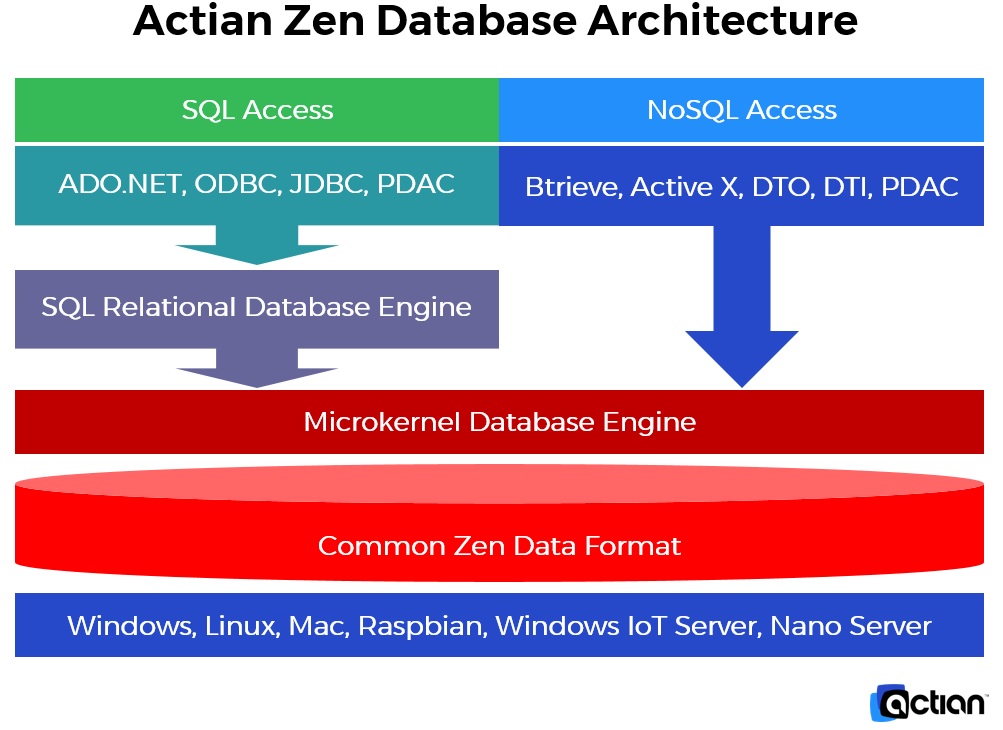
Microsoft Azure Security Controls Aligned to CMMC: Access ControlĪzure Security Controls Aligned to CMMC: Access Control These controls should be formally created, documented in the System Security Plan (SSP) and implemented within the organization.

This starts with establishing a policy that includes access control (ML1) and progresses to reviewing and measuring access control activities for effectiveness (ML5). These controls fall within the customer’s responsibility. The administrative controls for the CMMC Access Control Maturity Capability (AC-MC) are listed here. Once C3PAOs are identified by the CMMC Accreditation Body, customers are advised to work with their respective C3PAO for guidance on comprehensive alignment of controls, audit and certification.
#Microsoft data access ado for mac series
It’s important to note that this blog series is aligned with setting the foundation of controls for CMMC Maturity Levels 1 & 2. Establishment of respective policies and procedures are the customer’s responsibility. For example, CMMC requirements such as Physical Protection (PE) for limiting physical access (C028) is managed by the CSP. The graphic on the left demonstrates the CSP responsibility in respective cloud models (On-Prem, IaaS, PaaS, SaaS) with dark blue aligning with customer responsibility and light blue aligning with CSP responsibility. It’s important to understand that compliance is a shared responsibility between the customer and the Cloud Services Provider (CSP). What preparation is required for CMMC alignment to access control management? The Certification levels will be determined through audits from independent, third-party assessment organizations (C3PAO). The CMMC framework specifies 5 levels of maturity measurement from Maturity Level 1 (Basic Cyber Hygiene) to Maturity Level 5 (Proactive & Advanced Cyber Practice). The framework is intended to enforce critical thinking approaches for comprehensive security. CMMC builds upon DFARS 7012 by verifying an organization’s readiness to protect Federal Contract Information (FCI) and Controlled Unclassified Information (CUI) such as International Traffic in Arms Regulation (ITAR) and Export Administration Regulations (EAR) export-controlled data.ĬMMC extends beyond the parent organization into sub-contractors, partners, and suppliers. DoD has mandated CMMC with periodic assessments in order to strengthen cybersecurity across the DIB. DFARS requires organizations supporting the Department of Defense (DoD) to implement NIST SP 800-171 and FedRAMP Moderate Impact level controls. The Defense Industrial Base (DIB) is charged with implementing Defense Federal Acquisition Regulation Supplement (DFARS) 252.204-7012. What is Cybersecurity Maturity Model Certification (CMMC)?

Microsoft is closely tracking developments related to the CMMC. As a result, the information herein, including our CMMC related offerings, may be enhanced to align with future guidance from the DoD and CMMC AB.

Additionally, as of the date of this writing, the CMMC Accreditation Body (CMMC AB) has not identified nor certified any third-party assessors, nor issued prescriptive guidance on the formal assessment process and criteria. Please note that the information cutoff date for this post is October 2020 and that as of the date of this writing, CMMC developments and guidance are in progress.
#Microsoft data access ado for mac how to
In this first blog of the series we will explore how to leverage Microsoft Azure for access control management. Subsequent blogs in the series will delve into audit & accountability maturity, asset & configuration management, identification & authentication, incident response, maintenance & media protection, recovery & risk management, security assessment & risk management, system & communications protection and system & information integrity. This is the first in a ten-part blog series where we’ll demonstrate principles of the Cybersecurity Maturity Model Certification (CMMC) aligned with Microsoft Azure.


 0 kommentar(er)
0 kommentar(er)
